When looking at the exhibitors at the most recent Renegade Craft Fairs, we kept going back to one: a small design brand based in San Francisco called Gantri. Made up of a team with backgrounds in economics, engineering, and industrial design, their lighting is sleek and beautiful. So beautiful that we chose them as our Design Milk Spotlight exhibitor at this weekend’s New York Renegade Craft Fair, so be sure to stop by and see them in the Design Milk Spotlight. I talked to Gantri CEO Ian Yang about how Gantri came about and what’s next for the brand:
Who are you? Tell me more about you.
We’re small team of designers, engineers and 3D printing geeks working out of a warehouse in the Mission District in San Francisco. We have a pretty diverse crew but we’re all super passionate about making design more accessible. I’m from Shanghai originally, grew up in the UK, went to the London School of Economics, and previously worked on user experience and software engineering for the apartment rental platform Lovely. Our CTO is a former NASA engineer who founded a company that uses AI to reuse space debris. One of us has a master’s in industrial design, another worked for fashion start-up, and another taught himself to 3D print and even hosted a 3D printing motorcycle competition. We’re all very driven people, united by a desire to merge design and tech.
The designers we work with are all independent, but they’re also an important part of who we are. They’re from all over the world – an architect from the Philippines, an Italian fashion designer, a Brazilian product designer, a Ukrainian furniture designer, and more. Some of them are established designers who have worked for Karim Rashid or have items displayed at MoMA. Some are up-and-coming designers who are still in school. But they all have innovative ideas for designs that probably wouldn’t be made without a platform like ours. Every time we get a new designer or a new submission, I’m always amazed at how creative some of the ideas are. I love seeing a great concept getting turned into something I can put on my nightstand.
How did you get started with designing and selling lighting?
I’ve been curious about design and manufacturing since I was a kid in Shanghai. My parents were involved in the Chinese export business, and some of my earliest memories are of factory tours. I experimented with design, interning for architect and founding a fashion startup with friends. I’ve also always had a love / hate relationship with luxury design – I want to fill my home with amazing, inspired objects but most of them are out of my price point.
When I learned to 3D print in 2014, something really clicked. It was magical because I knew it had the potential to make great consumer products that I would want (and could afford). But I also realized the default 3D printing process was too slow and didn’t produce high-quality finished products. So I threw myself into making a better 3D printing system. I knew it would be hard, but I’m attracted to hard projects. When I feel like I’m creating something new and making a difference in the world, I will work night and day to make it happen.
As a small business owner, what are some of the challenges that you face?
Because we’re small, it was initially difficult to persuade designers to work with us. They didn’t know if we’d continue to exist in a year. So getting our first three or four designers took months. But now that we’ve proven ourselves, we’re getting tons of proposals from designers around the world. We’ve had to implement a system where designers request invitations to join the platform. By limiting the number of new designers we take on, we can provide each designer with personalized services, including a dedicated staff engineer.
One other challenge is to try to do as much as we can with as few resources as possible. There are certain things that we will never cut corners on — like the quality of our products or customer experience. But we do make sacrifices. We were definitely founded in my garage, which is where I first experimented with painting the lights. We moved out mainly because I couldn’t fit any more things in there anymore.
How do you find the designers that you work with?
We still reach out to designers who have concepts that we really love but these days, the designers find us. Often, they’ve heard about us from friends, design blogs, or Behance. They’re excited that we have a team to support them, and that we handle prototyping, manufacturing, and distribution. It lets them build their own brand, doing what they’re best at without having to get bogged down in logistics.
We’re open to any designer around the world. We care about the quality of the design — not what country the designer is from, where they went to school, their gender, or anything else. We want designers to have equal footing so their work can speak for itself.
How has modern technology helped your business — either for manufacturing and/or marketing?
Next-generation technology basically defines our whole business. We’re committed to uniting the best of technology with the best of design. That means that not only do we adopt classical design thinking in judging the merits of each design (e.g. looking at the originality, ergonomics, usability, quality of inspiration etc), we also spend time developing technologies that traditional design brands don’t do.
Our entire design process is online. From our dashboard, the designers can edit their profile, create new designs (we offer a guided design wizard), download pre-modeled components, look at product stats etc. We also sell exclusively through our online shop, which is tightly integrated with our design process that we built from scratch. Of course, we use 3D printers to make our products. But we don’t outsource them – we own and operate the machines ourselves. We also do a lot of hard-core engineering to improve our print quality and efficiency.
Our platform is in many ways similar to the Apple’s App Store. They built a platform that empowers independent software engineers to make a business out of developing mobile apps. Those independent developers don’t need to concern themselves with building an operating system, a distribution system, a payment system, or anything else. Apple sets strong standards for design and quality, developers do what they’re best at, and users get great apps as a result. We’re doing something similar: We empower independent designers to make a business out designing innovative home products. Our platform handles the manufacturing, distribution, payment, and more. Designers can focus on what they do best — design — the the consumer gets amazing innovative designs as a result.
What’s one piece of advice or thing you wished you had known when starting your own business?
Find the right people. People you love to work with. People who are ridiculously driven. Don’t just hire the person who looks best on paper; hire a person who’s invested in learning and creating something new.
3D printing for consumers is new enough that we’re all learning about it as we go. But I think we’re doing a pretty good job. We launched 15 products in the last two months. There lighting companies that have been around for decades that only have 10 products total. We only have a handful of folks on our team, but we’re able to do things at a level beyond what established brands are doing. And that’s because we’ve found employees who are creative, dedicated, and driven.
Are there any pieces that have special meaning to you?
Every time we get a new design, it becomes my favorite. They have such great stories. The designer of Container included a concave base where you to drop your keys and thoughtfully transition from work to home. The husband-and-wife team behind 7th Order were inspired by the 9-foot crystal lenses in lighthouses. Dulce is an homage to the Streamline Moderne style, a 1930s American branch of the Art Deco movement. (Also it looks like UFO to me). We also create our own Reference Designs (we have 3), and I play a big part in them.
But my real attachment isn’t to a particular product; it’s to the platform itself. Developing our manufacturing and distribution process has been both the hardest thing I’ve ever done and the most rewarding. Once we got that right, the products themselves became less difficult. So my real emotional commitment is to the platform — and to making it better everyday.
Any plans to make other products beyond lighting? If so, what else do you have in the pipeline?
Yes! Starting in 2018, we’ll be rolling out a variety of different home products. We can’t officially announce them yet, but they’ll be things like floor lights, planters, containers, bathroom accessories, bowls, and smart home devices.
The common theme is that they’re all unique designs for the home. They’re often products that have the potential to be more personal. Take planters, for example. There are lots of one-of-a-kind design concepts for planters on sites like Behance or Pinterest (I’m a huge fan of vertical garden planters), but not many have made it to market at affordable prices. We want to help designers realize their dreams, and fill people’s homes with beauty, inspiration, and creativity.
What do you get out of exhibiting and selling at a show like Renegade?
We’re a digital-first brand. We design our products on computers, make them with 3D printing, and sell them online. Everything about us is virtual. But people’s homes are tactile environments, and our customers often want to experience our lights in person. Renegade lets people interact with our products first-hand.
Shows like this also help us showcase how great 3D printed home products can be. People often think that 3D printing is just for toys and less finished items, but we pioneered a process that lets us 3D print really high-quality products. Renegade lets us show that our lights are indistinguishable from luxury designs. Finally, we love connecting with designers, design lovers, and makers. It’s worth it just to be part the community.
Learn more about Gantri at gantri.com and check them out at this weekend’s holiday Renegade Craft Fair in New York.
from Design MilkDesign Milk http://design-milk.com/renegade-x-design-milk-spotlight-gantri/
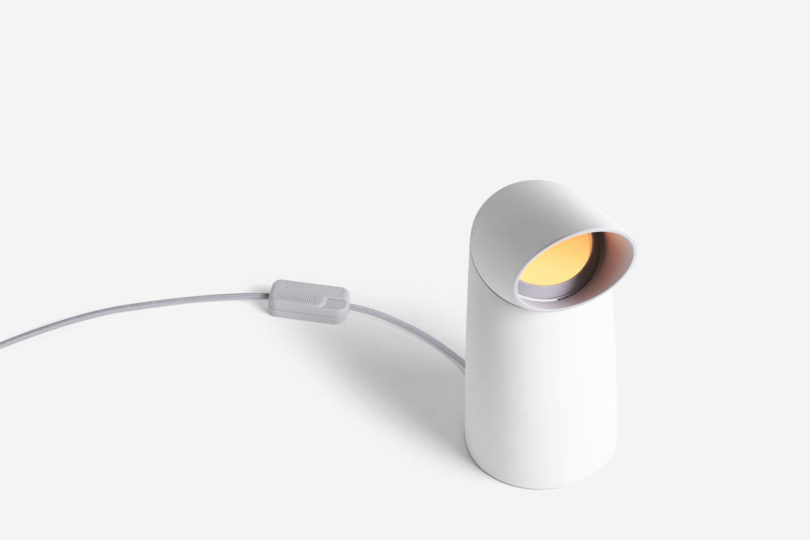
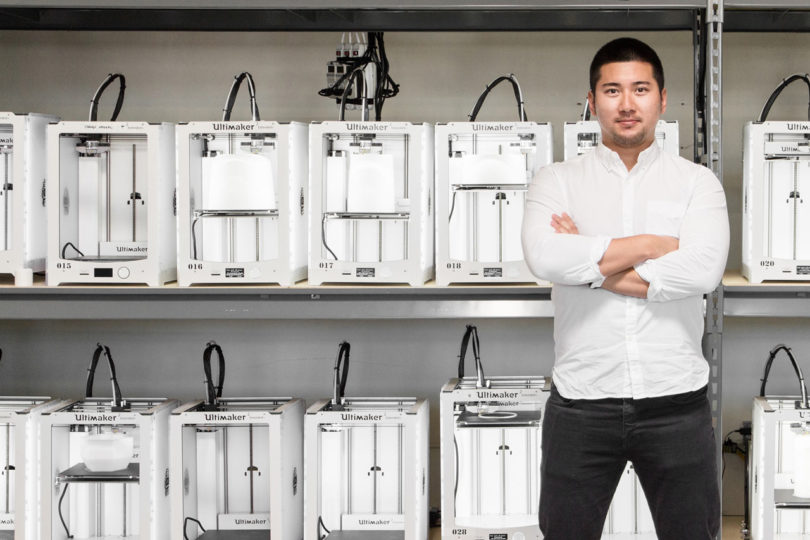



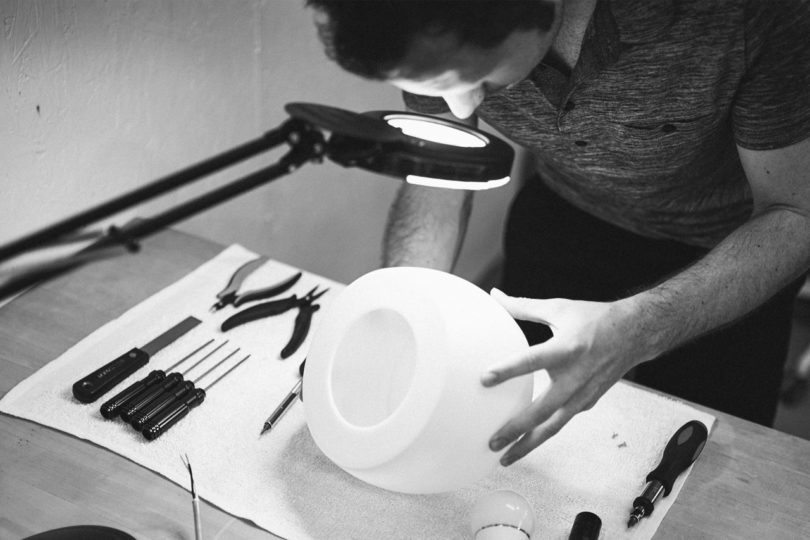
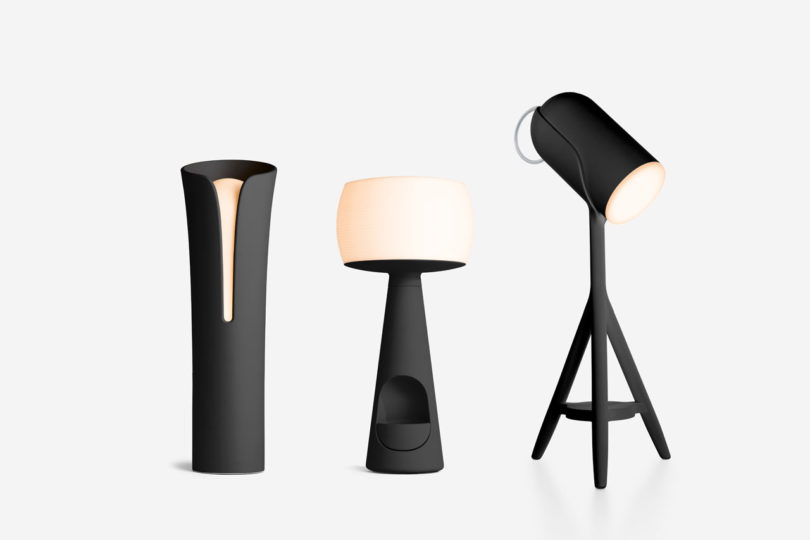
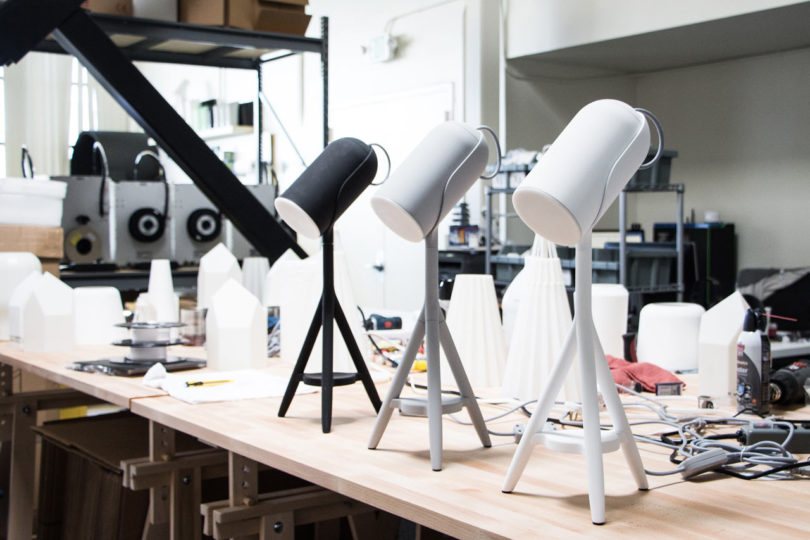
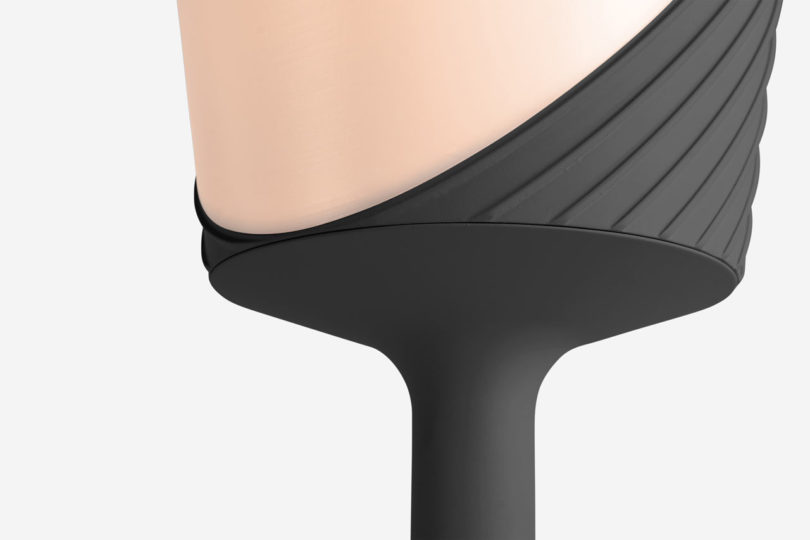


No comments:
Post a Comment